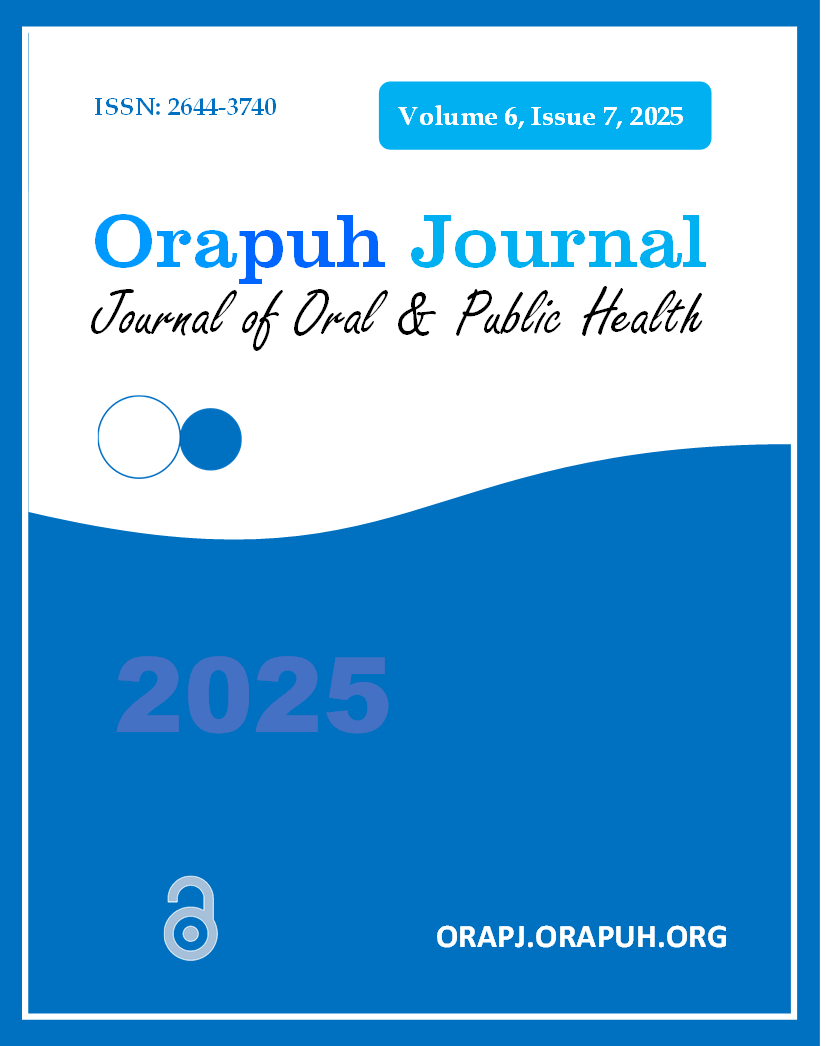Abstract
Introduction
In biomedical laboratories, biosafety is a key element for preventing infections and ensuring the safety of healthcare workers and the community. In resource-limited settings like Kinshasa, Democratic Republic of the Congo (DRC), the status of biosafety training and practices among laboratory personnel remains unclear.
Purpose
This study aimed to assess the training, practices, and satisfaction related to biosafety among laboratory personnel in biomedical laboratories in Kinshasa.
Methods
A cross-sectional descriptive and analytical study was conducted between November 2024 and February 2025 in 56 laboratories in Kinshasa. A convenience sample of 290 laboratory staff members was interviewed using a structured questionnaire. Data were analysed with IBM SPSS 24.0, and associations were explored using Chi-square, Fisher’s exact, and logistic regression tests.
Results
The majority of respondents were male (57.2%) and under 40 years of age (54.2%). Only 55.5% had received formal biosafety training, and among them, 34.8% had received the training over two years ago. Hepatitis B vaccination coverage was 30%. Overall satisfaction with biosafety management was low (27.6%). Biosafety training was significantly associated with older age (p = .032), longer work experience (p = .008), and hepatitis B vaccination (p < .001). Trained staff were more likely to be vaccinated (OR = 3.5) and to report satisfaction with biosafety measures (OR = 3.6).
Conclusion
Biosafety training and hepatitis B vaccination coverage remain insufficient among laboratory personnel in Kinshasa, with low levels of satisfaction regarding biosafety measures. Strengthening biosafety through regular training, provision of adequate equipment, and vaccination campaigns is urgently needed.
References
Adewumi, A., et al. (2019). Evaluation of biosafety and biosecurity practices in diagnostic laboratories in Nigeria. African Journal of Laboratory Medicine, 8(1), a893. https://doi.org/10.4102/ajlm.v8i1.893
Centers for Disease Control and Prevention (CDC). (2021). Biosafety in microbiological and biomedical laboratories (BMBL) (6th ed.). U.S. Department of Health and Human Services.
Connaissances en biosécurité chez les travailleurs des laboratoires cliniques et de recherche privés et publics au Maroc. (2019).
Henkel, R. D., Miller, T., & Weyant, R. S. (2012). Surveillance des rapports de vol, de perte et de libération d'agents sélectionnés aux États-Unis, de 2004 à 2010. Applied Biosafety, 17(3), 132–141. https://doi.org/10.1177/153567601201700305
Laboratoires médicaux de la RDC : état des lieux et recommandations. (n.d.). Revue Congolaise de Santé Publique, 5(2), 45–53.
Mesfin, G. M., Tadesse, T., & Worku, A. (2017). Assessment of biosafety practices and associated factors in clinical laboratories in Ethiopia. PLoS ONE, 12(11), e0186796. https://doi.org/10.1371/journal.pone.0186796
Motuta, C., et al. (2020). Connaissances, attitudes et pratiques en biosécurité dans le laboratoire biomédical de Kinshasa.
Mukadi, D., et al. (2023). Évaluation des conditions de biosécurité dans les laboratoires de diagnostic à Kinshasa.
Nzomukunda, J., & Ilunga, B. (2022). Biosécurité et risques biologiques dans les laboratoires.
Omar Falah Khabour, et al. (2018). Évaluation des mesures de biosécurité dans les laboratoires cliniques de la ville d’Al-Madinah, Arabie Saoudite.
Surveillance des expositions en laboratoire aux agents pathogènes humains et aux toxines, Canada, 2021. (2021).
Traoré, M. (2024). Évaluation des mesures de biosécurité et de biosûreté dans trois laboratoires hospitaliers du district de Bamako.
Halatoko, W. A., Sondou, E., Sopoh, G. E., Kassegne, A., Katawa, G., Salou, M., Karou, S. D., & Ouendo, E.-M. (2024). Knowledge, attitudes and practices in biosafety and biosecurity in medical biology laboratories in Togo, 2021. Frontiers in Environmental Health, 3(1). https://doi.org/10.3389/fenvh.2024.1387476
World Health Organization (WHO). (2020). Laboratory biosafety manual (4th ed.). WHO.
Wurtz, N., Papa, A., Hukic, M., Di Caro, A., Leparc-Goffart, I., Leroy, E., et al. (2016). Enquête sur les infections contractées en laboratoire dans le monde dans les laboratoires de niveau de biosécurité 3 et 4. European Journal of Clinical Microbiology & Infectious Diseases, 35(8), 1247–1258. https://doi.org/10.1007/s10096-016-2657-1

This work is licensed under a Creative Commons Attribution-NonCommercial 4.0 International License.

